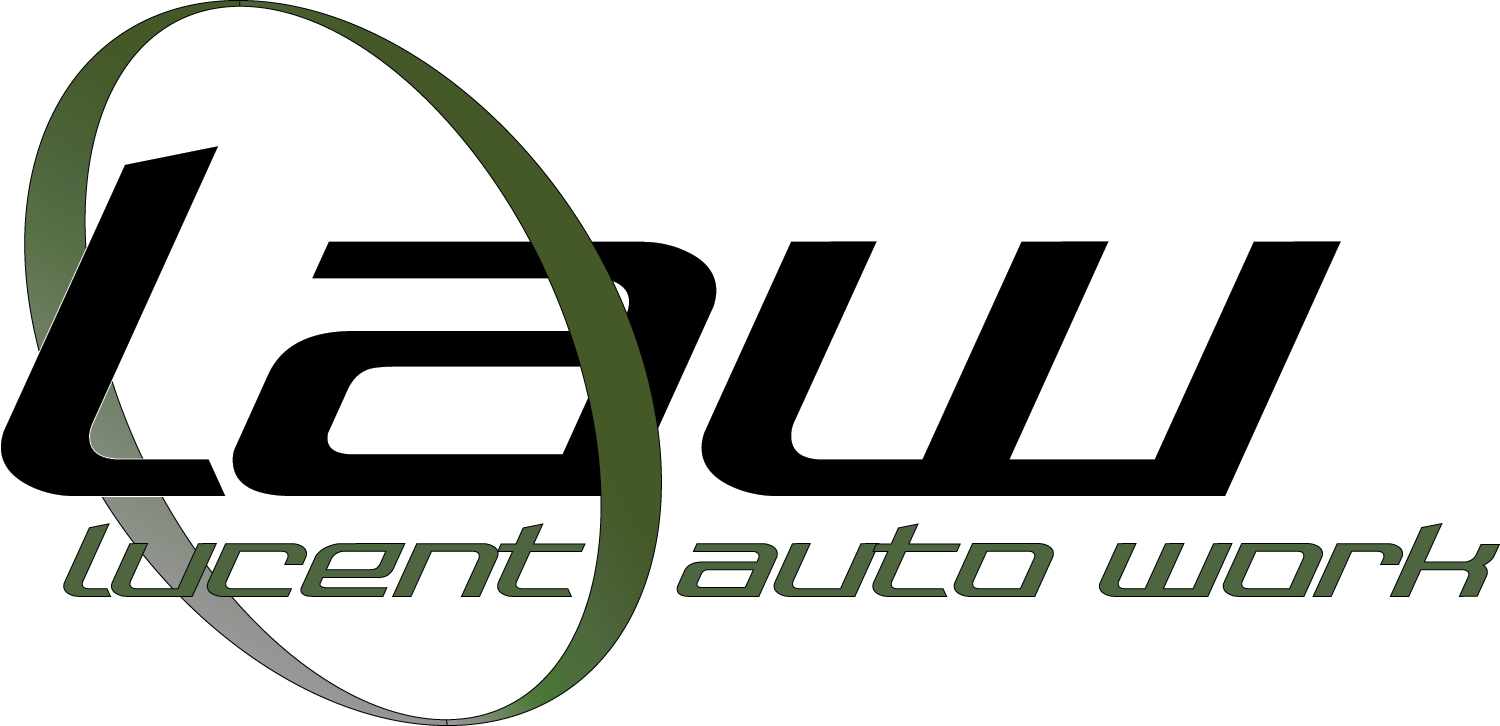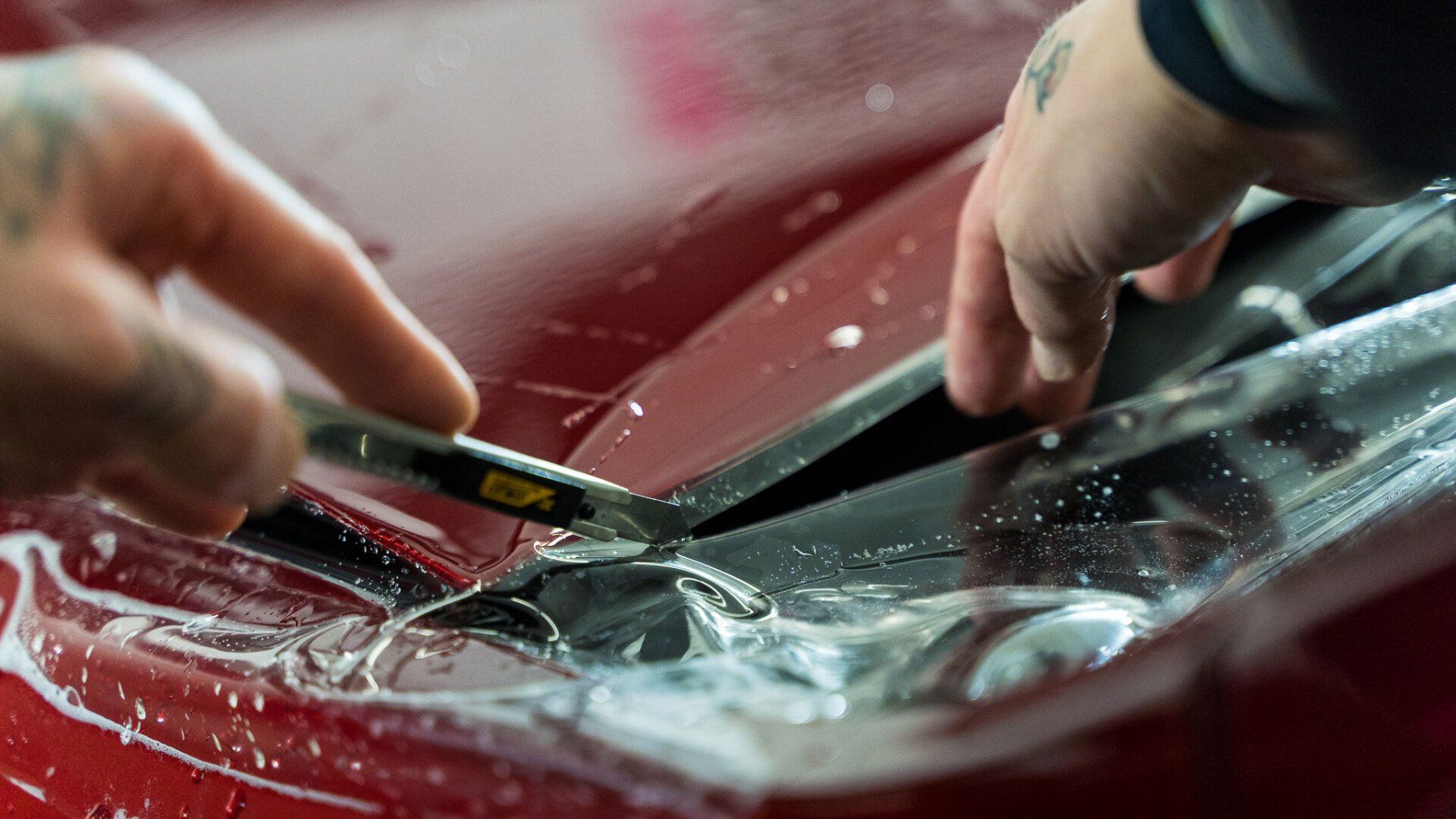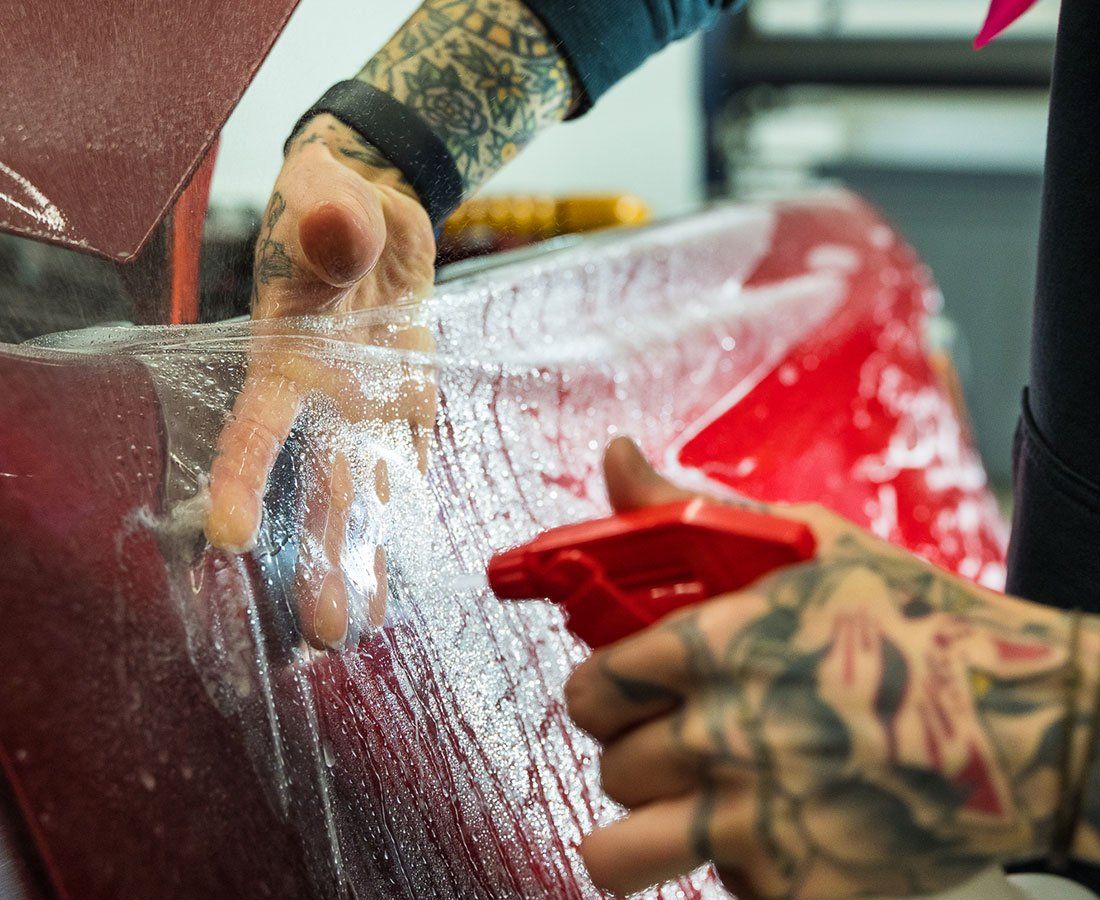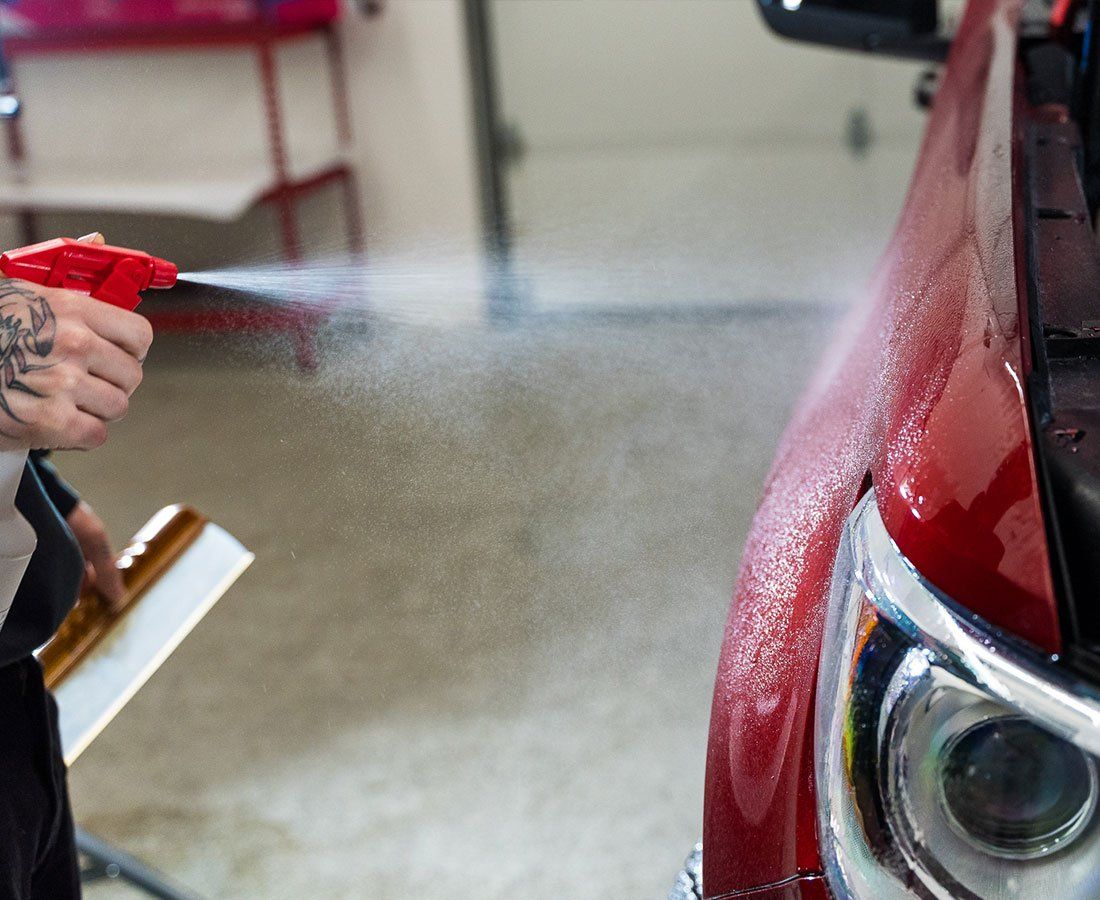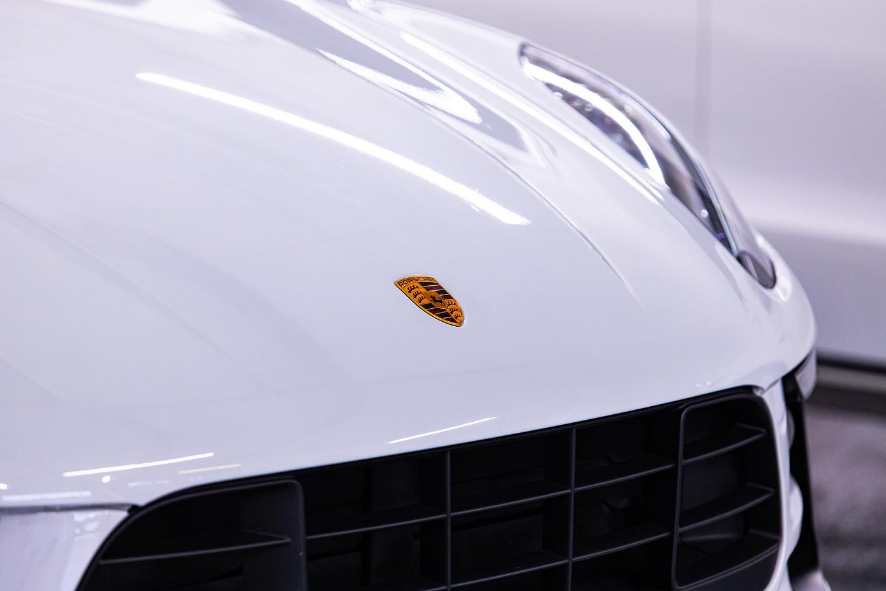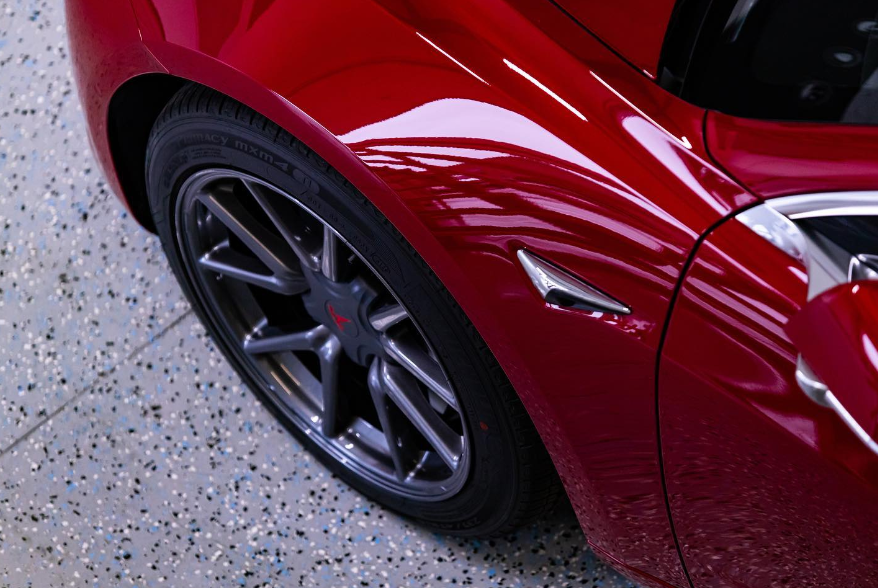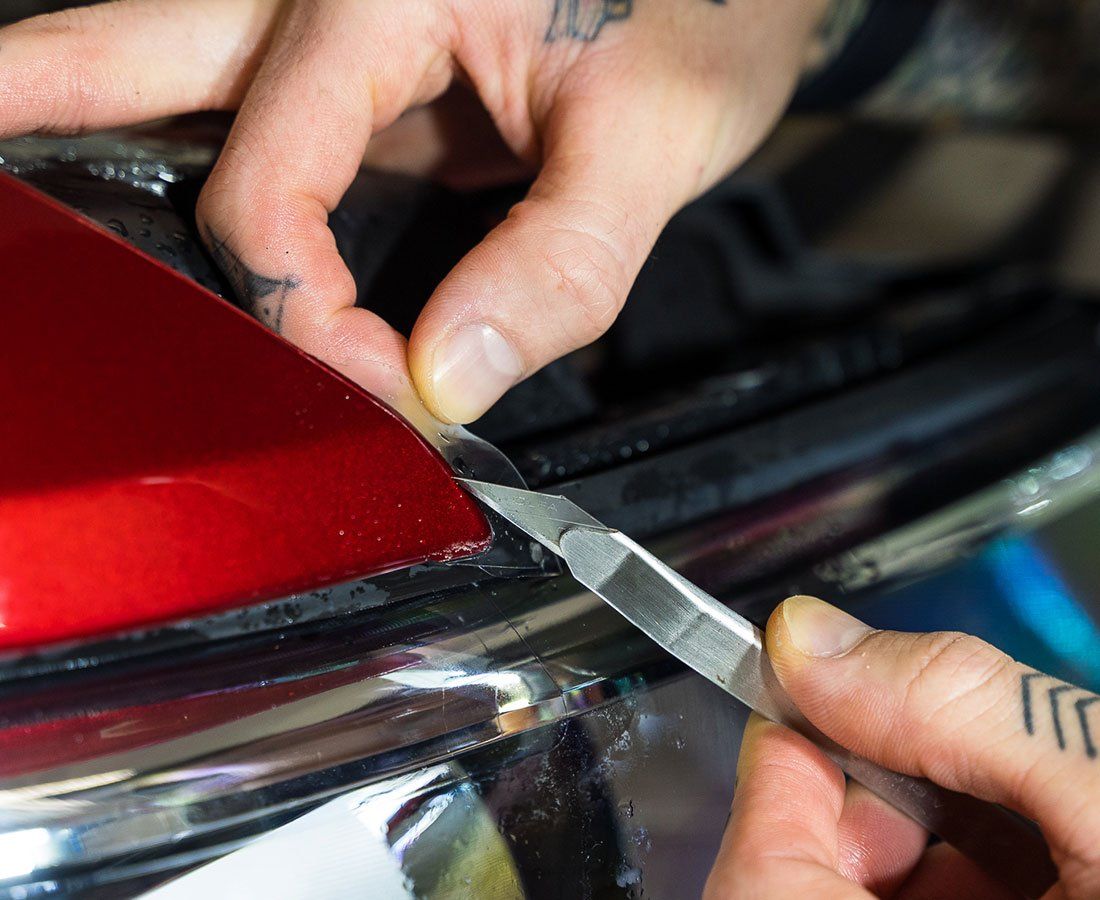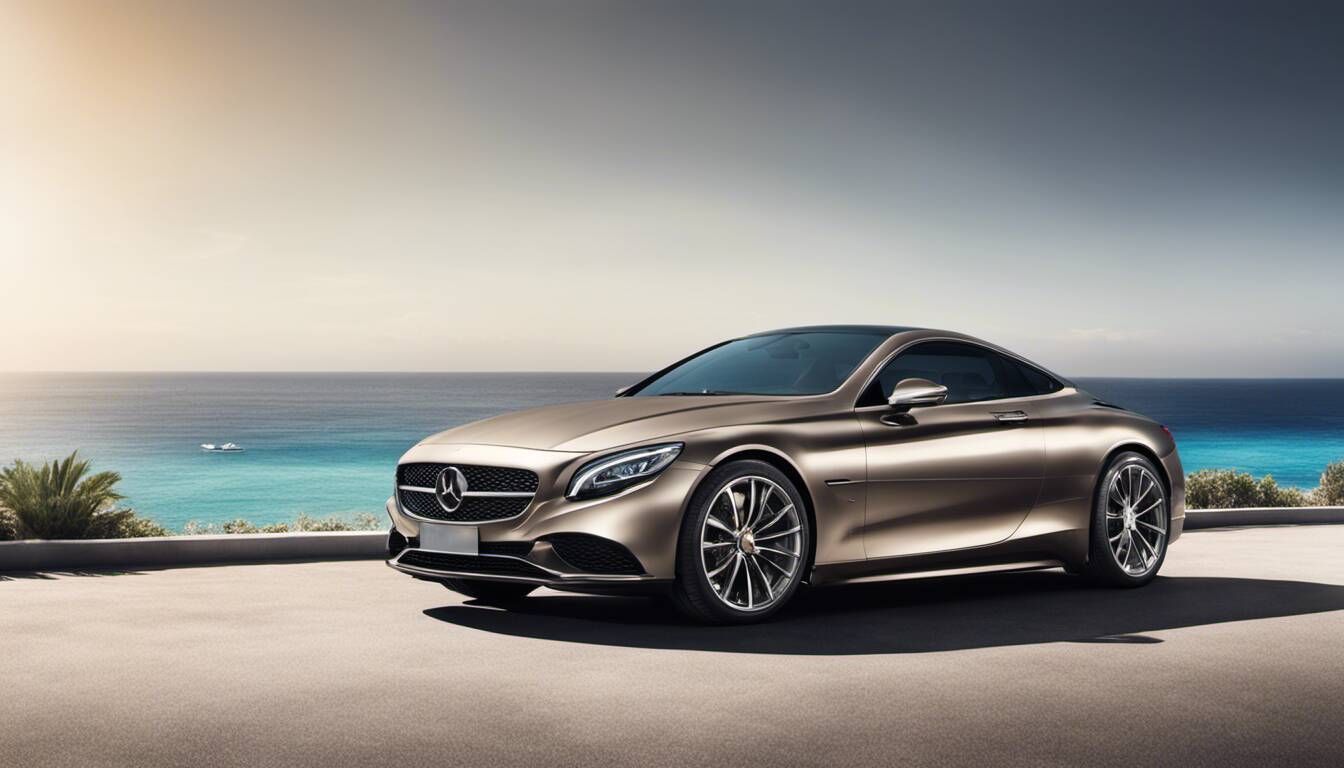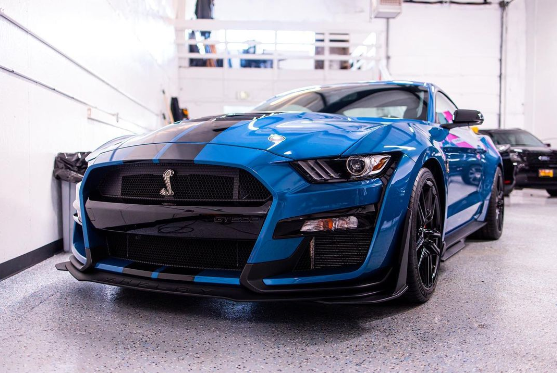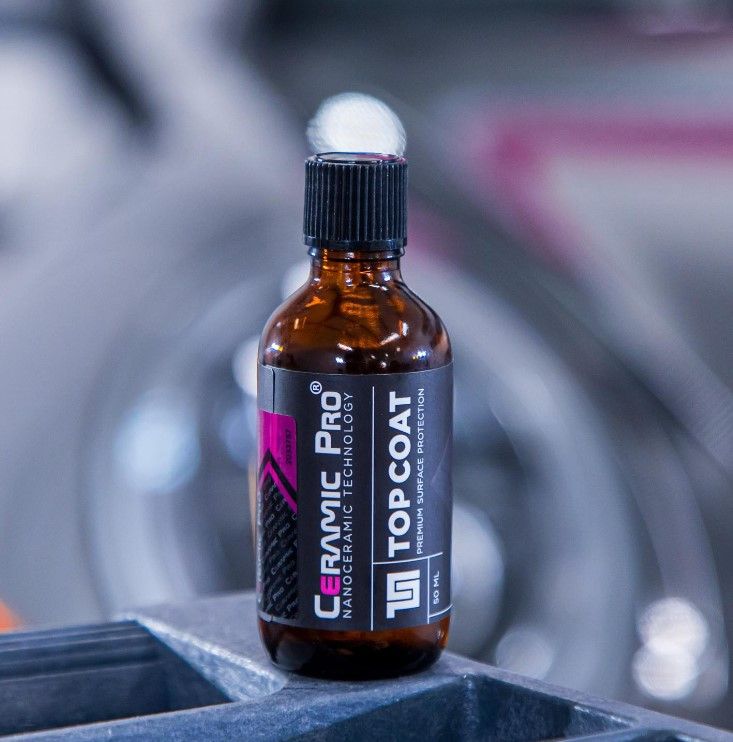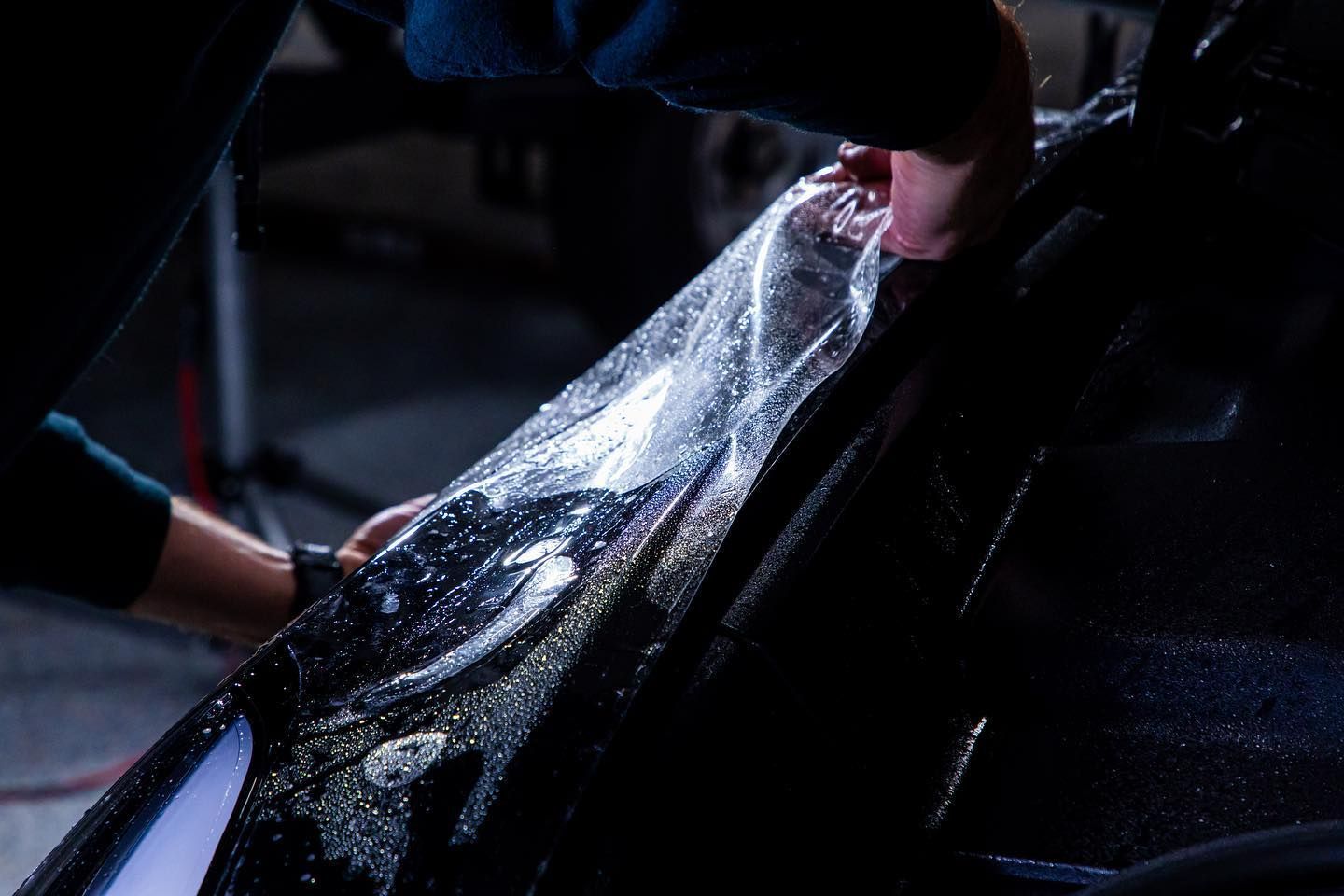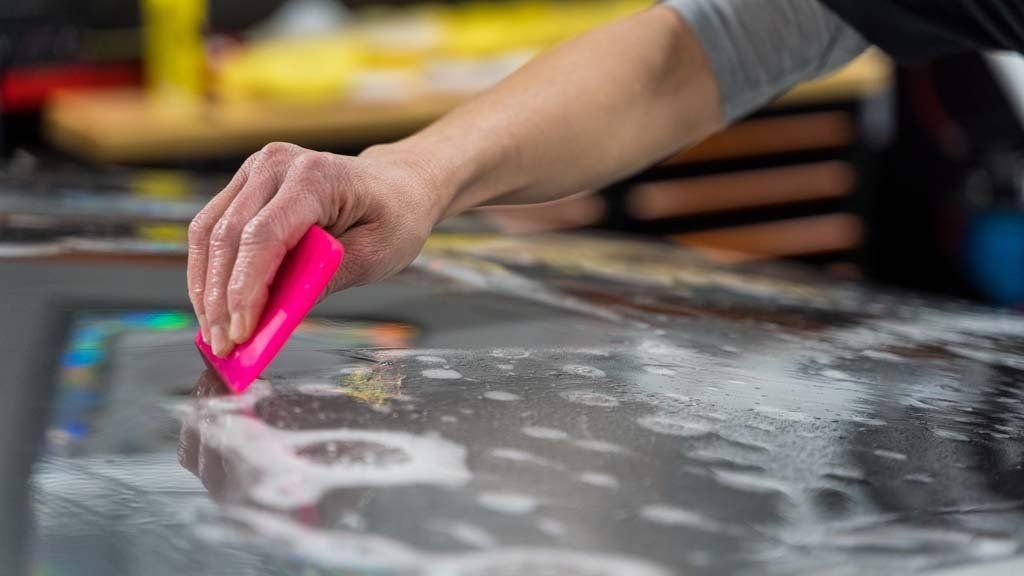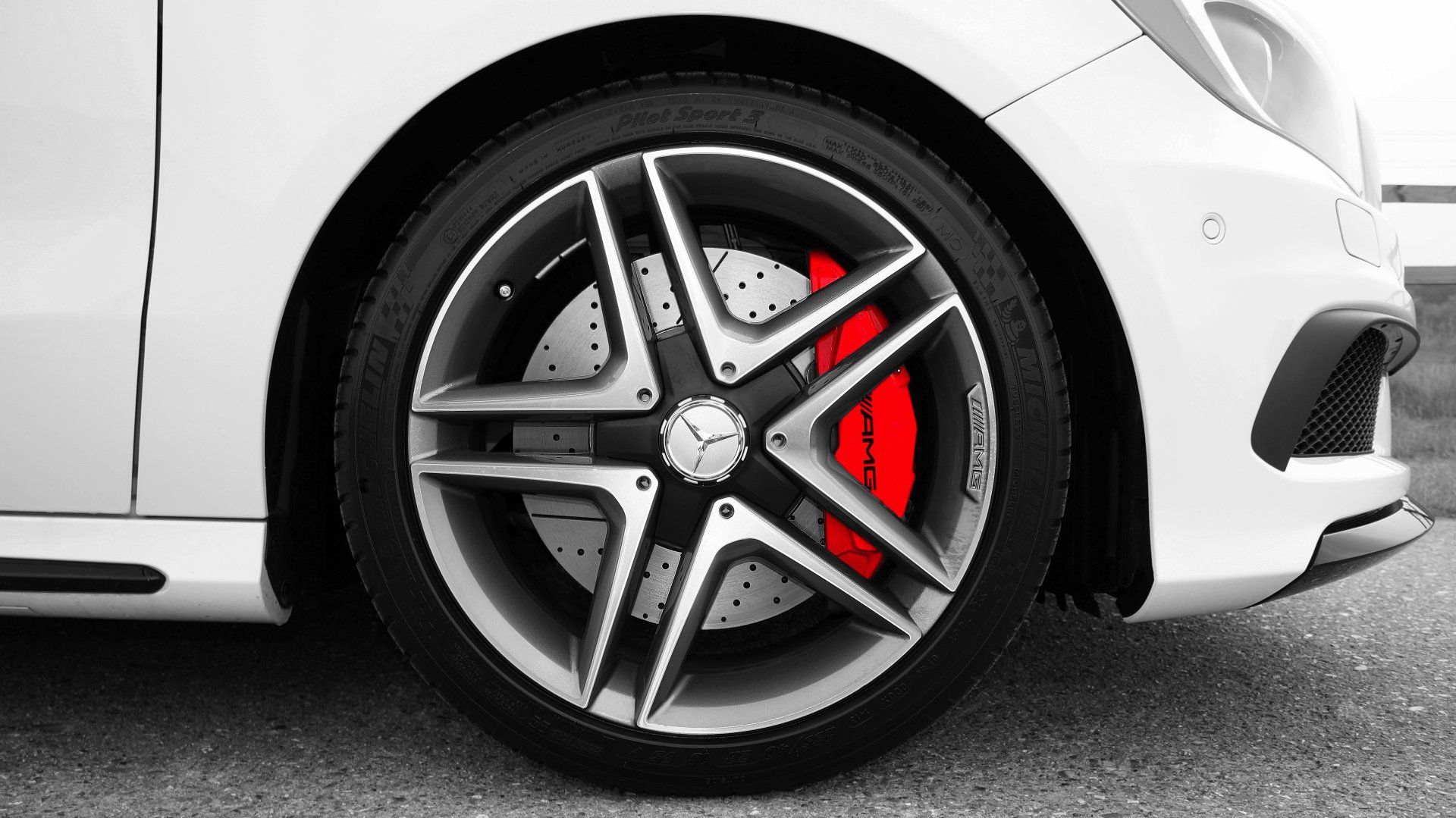Choosing the right paint protection film (PPF) for your vehicle can feel like navigating a minefield of choices, each claiming to be the best. The key to finding a solution that fits your needs lies in understanding what truly makes PPF effective—balancing cost, durability, and appearance without compromising on quality. This guide is designed with you in mind, aiming to cut through the noise and deliver clear, concise information that helps protect your investment.
When selecting the best paint protection film (PPF) for your vehicle, consider factors such as durability, UV protection, and self-healing capabilities. Additionally, it's crucial to opt for films from reputable manufacturers and ensure professional installation for optimal performance and longevity. These tips will guide you through any potential barrier, ensuring the right choice is made for lasting protection.
Different Types of PPF
There are various types of Paint Protection Films, and each has its own unique advantages and drawbacks based on the material and application method—as explained through our insightful tips that will help you break any barrier to choosing the right film for your needs.
Among the most commonly used materials for PPF are Thermoplastic Polyurethane (TPU) and Polyvinyl Chloride (PVC). The differences between them can greatly impact not only the effectiveness of your paint protection but also the longevity of your investment. Some drivers even find that certain films have a more matte finish, which can offer a distinctive look for their vehicles.
Thermoplastic Polyurethane (TPU)
TPU is often recognized as the gold standard in high-quality PPF. This material is celebrated for its flexibility, which allows it to conform well to the curves and contours of your vehicle, providing a seamless appearance that practically mimics the natural surface of the car, unlike the matte finishes some other films offer.
Not only does TPU offer impressive durability against scratches and abrasions, but it also features remarkable self-healing properties. This means that minor scratches can disappear with exposure to heat, effectively helping maintain a pristine look over time, which can be particularly helpful when dealing with debris such as small rocks that often chip and damage paint.
Another critical factor to consider is UV resistance; TPU films generally excel in this area, protecting your car's paint from sun damage and preventing fading. It is important to remember, however, that this superior performance does come at a higher price point, but many car owners view this investment as being worth it in the long run.
Polyvinyl Chloride (PVC)
On the other hand, PVC films present a more budget-friendly option with potential drawbacks. For instance, while rocks and other debris may be a concern, the absence of self-healing properties means that any damage tends to be more permanent, leading to yellowing or cracking over time. This deterioration can diminish the aesthetic appeal not just of the film itself but also of your vehicle’s finish, particularly if the film has a matte surface that highlights imperfections.
Furthermore, PVC often has limited UV resistance compared to TPU, leading to potential degradation from sunlight exposure. So while you might save some money upfront, you could find yourself facing more frequent replacements or repairs down the line.
As technology advances, several manufacturers have introduced hybrid films that combine TPU and PVC elements. This innovation allows for a balance between cost-effectiveness and durability.
Hybrid Films
While these films may not offer the same level of protection as pure TPU, they can provide adequate defense against everyday wear and tear, including impacts from small rocks, while keeping costs lower than their higher-end counterparts.
With an understanding of these materials in mind, considering their quality and performance, including how they handle elements like UV exposure and physical debris, will further assist you in determining which type will best meet your vehicle's needs going forward.
When selecting the right PPF for your vehicle, it's essential to focus on a few critical attributes that will impact both the appearance and longevity of the film.
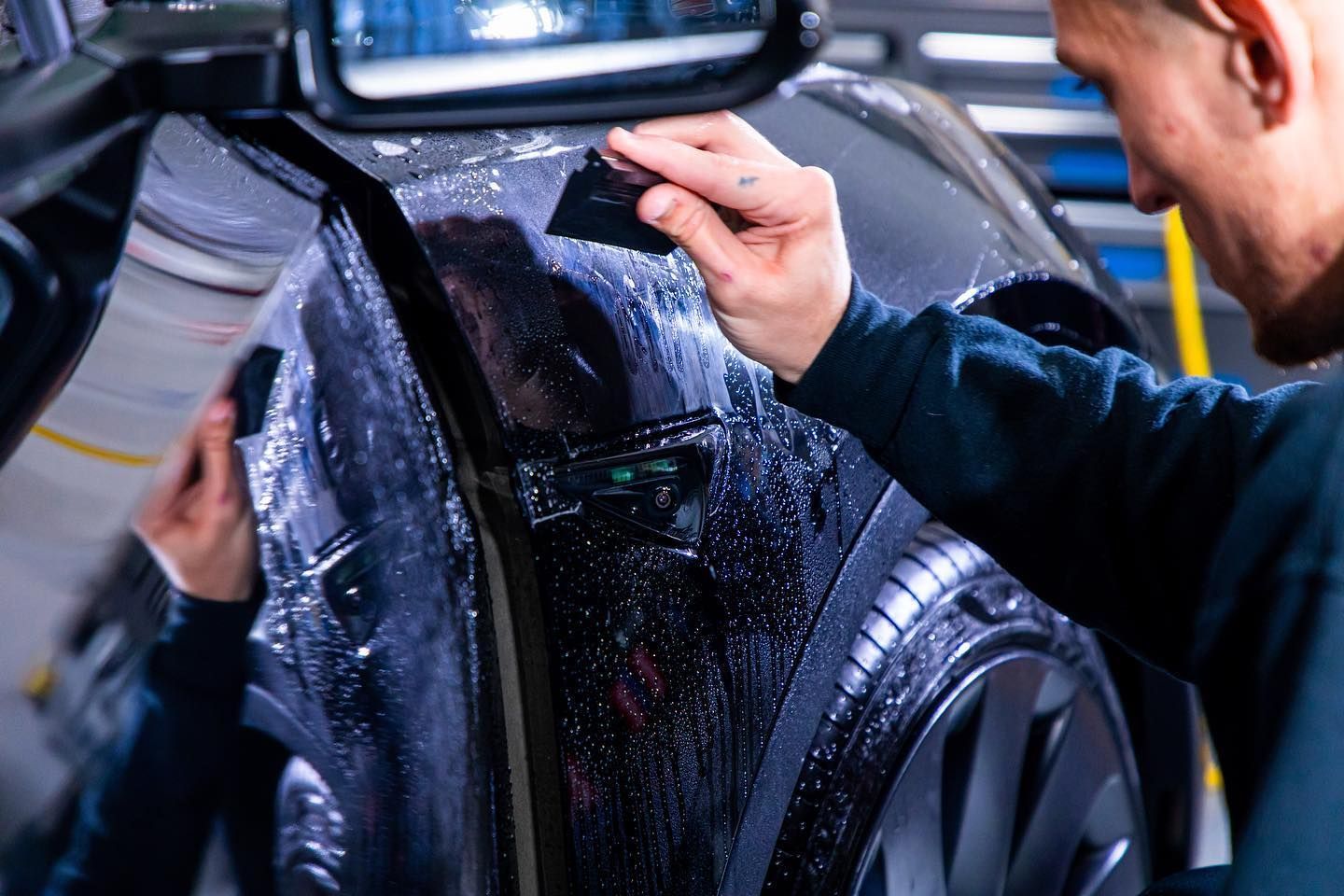
Assessing PPF Quality and Performance
The first factor to consider is clarity and gloss. A high-quality PPF should be practically invisible once installed. This means it allows your vehicle’s original color and finish to shine through without any distortion or dullness, even if the film has a matte option for aesthetic preference. Films with high gloss ratings are preferable as they not only enhance the vehicle's aesthetic but also provide an extra layer of protection against environmental factors like water spots, dirt accumulation, and the impact of rocks. Always check product specifications and customer reviews, or even consult with professionals before making a final decision.
As you evaluate further, thickness becomes another vital element in this quest for quality.
The thickness of PPF can significantly influence its protective capabilities, especially against the impact of debris like rocks. Generally, premium films range between 6 to 8 mils in thickness; this range strikes a balance between durability and ease of installation. Thicker films often offer enhanced resistance to scratches and impacts, providing better protection for your vehicle's paint. The resistant nature of these films ensures they can withstand various external elements effectively.
Thickness
However, one must bear in mind that while thicker films may provide superior longevity and robustness, they can be trickier to install correctly. The installation process is crucial, as improper placement can lead to peeling or bubbling over time, eroding the resistant properties of the film.
Beyond thickness, self-healing properties elevate the desirability of certain PPF options. These films are also resistant to minor damage thanks to their unique technology.
Self-Healing Properties
Self-healing properties not only extend the life of your PPF but also save you time and money in the long run by reducing the need for replacement or additional repairs. The resistant quality of these films to minor scratches ensures long-term satisfaction.
Evaluating these key aspects—clarity and gloss, thickness, and self-healing properties—sets the stage for understanding how investment decisions can vary based on different financial factors associated with PPF.
Benefits of PPF for Your Vehicle
Equally important is the UV Protection that PPF provides. Ultraviolet rays from the sun can cause paint to fade and oxidize over time, leaving the exterior looking worn and dated.
Equally important is the UV Protection that PPF provides. Ultraviolet rays from the sun can cause paint to fade and oxidize over time, leaving the exterior looking worn and dated. By blocking harmful UV rays, PPF preserves the original luster of your vehicle’s paint, ensuring it remains vibrant for years. For those who love their cars, this means you get to enjoy that "just detailed" look much longer.
As a result of maintaining aesthetics, you will find that maintaining resale value becomes a tangible advantage as well. A vehicle with pristine paint will naturally attract higher bids when it comes time to sell or trade in. According to various studies, vehicles protected by PPF can maintain value better than those with visible wear and tear from scratches or fading paint. It's a smart move for anyone looking to safeguard their investment.
The comfort of knowing your vehicle's appearance is secure leads to another benefit: ease of cleaning. The smooth surface of PPF doesn’t allow dirt and grime to adhere as readily as untreated surfaces do. Imagine washing your car and seeing the water beads up on the film—this hydrophobic quality facilitates easier cleaning. When it comes time for maintenance, a quick rinse can often suffice, sparing you from painstaking scrubbing sessions.
Finally, in terms of overall expense, applying PPF proves to be cost-effective in the long run. While there may be an upfront cost associated with installation, this expense pales compared to what you would pay for repairs or a full repainting job due to damage incurred over time without protective layers. Thus, investing in PPF isn't just about safeguarding your car's beauty—it's an economical strategy that pays dividends by avoiding larger repair costs down the line.
With such compelling reasons to choose Paint Protection Film, it becomes clear why so many car owners opt for this innovative solution.
For more information on how to protect your vehicle beautifully and sustainably, consider reaching out to us at Lucent Auto Work or call (253) 533-6776 today!

